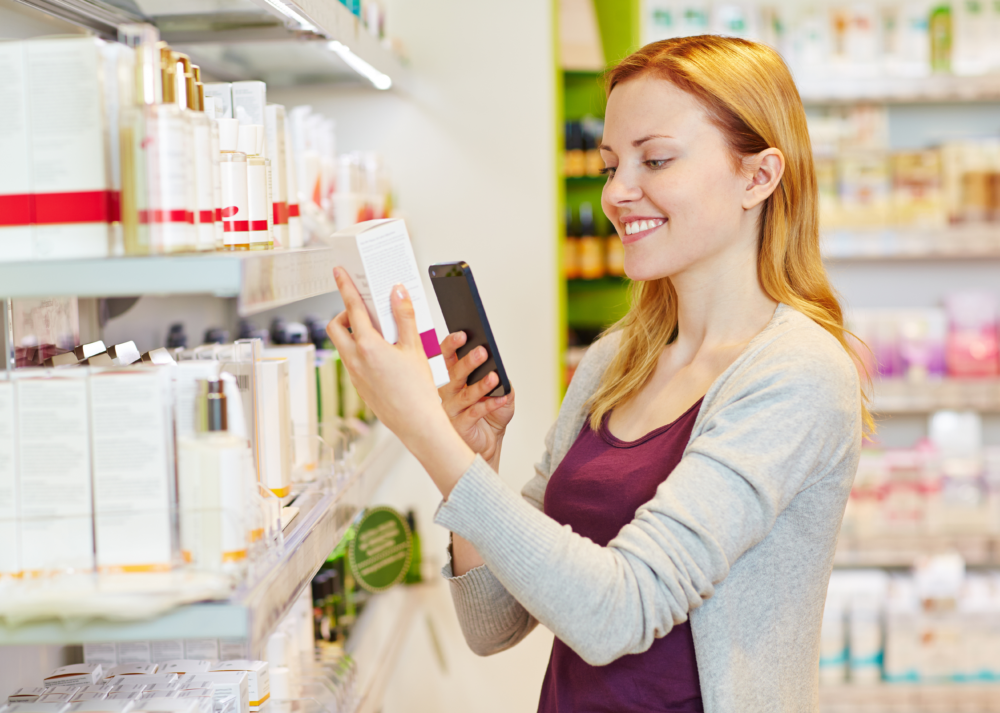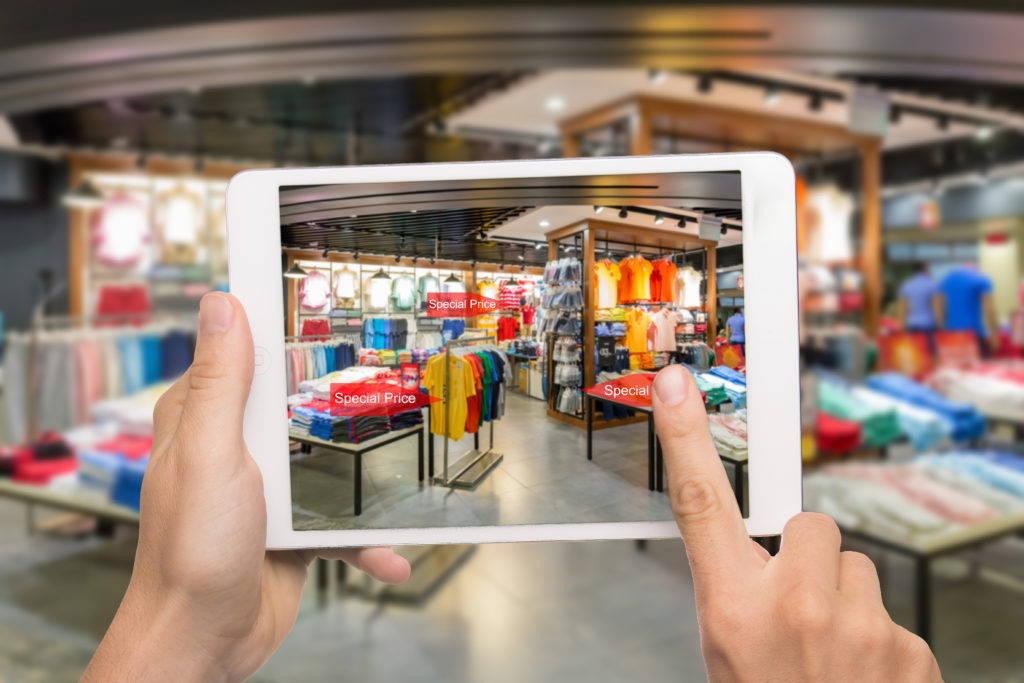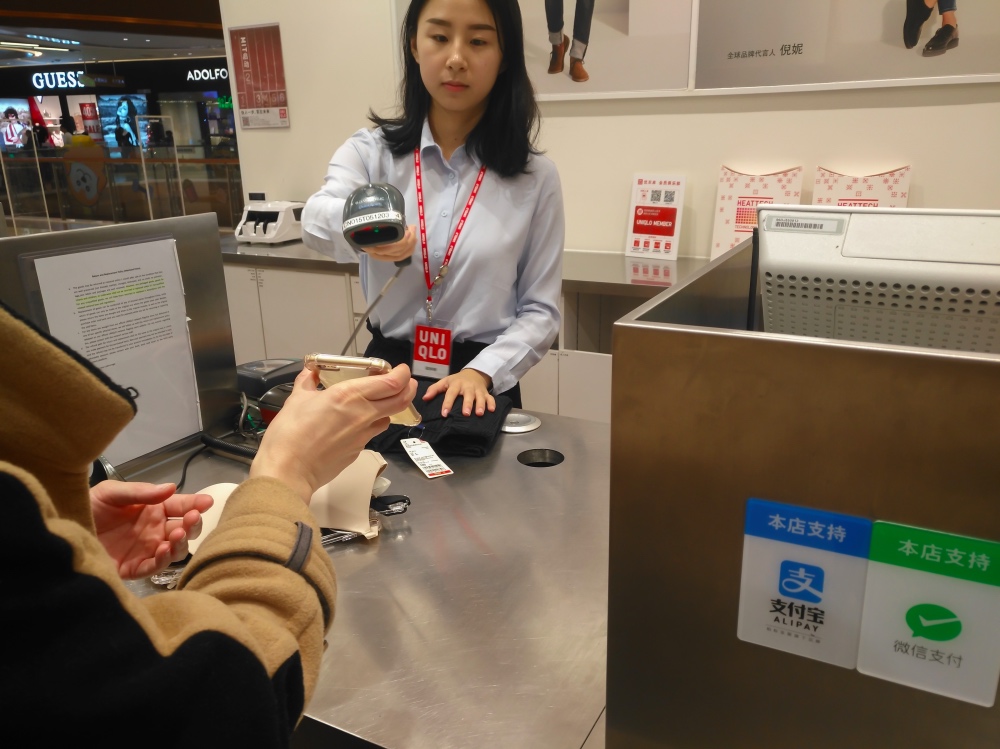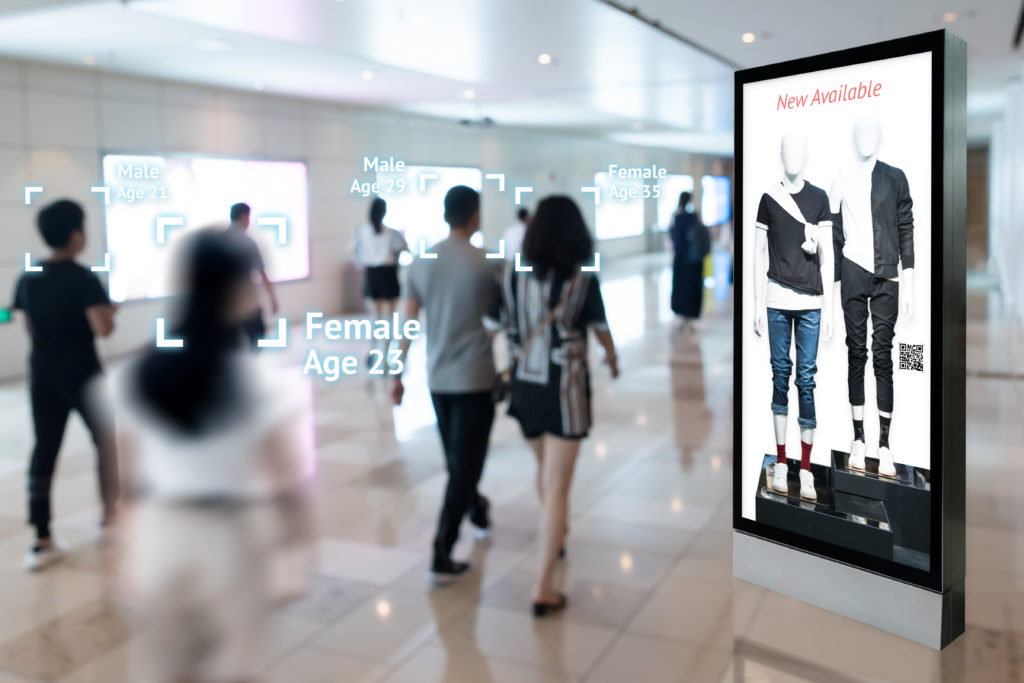The rise of online retailers such as Amazon and mobile payment platforms including Apple, Samsung, and Google Pay (formerly Android Pay), underscores the importance of closing the gap between an online personalized shopping experience and brick-and-mortar stores.

As such, more retailers are embracing the implementation of new technology to satisfy consumers across every channel whenever they want, however they want.
Unified Commerce Platforms
Boston Retail Partners (BRP) found cloud-based unified commerce, the use of a single software platform to support commerce for stores, mobile and the web – as a focal point for a fast-changing omnichannel environment. An online survey of the top 500 North American retailers found that 28% of respondents have already implemented unified commerce, compared to 9% last year. The survey also reports that 81% of retailers will have deployed unified commerce by the end of 2020.
In another survey, titled the 2018 POS/Customer Engagement Benchmarking Survey, BRP evaluated the progress of retailers in implementing technological solutions to meet customer expectations. According to the survey, the top three priorities that retailers should pursue are personalization of customer experience, alignment of customer experience across mobile apps and the web, and empowering associates with mobile tools.

“Customers appreciate personalized offers and recommendations when shopping online for via mobile,” says Perry Kramer, Senior Vice President and practice lead at BRP. “As customer expectations have been reshaped by the digital retail experience, successful retailers have shifted their focus in the physical store environment.”
Indeed, the survey found that retailers are changing the technology they use to personally identify customers in their stores. The reliance on mobile websites has decreased from 40% in 2017 to 28% in 2018, while the use of Media Access Control (MAC) addresses as unique identifiers has increased to 26% in 2018, with Beacon and Bluetooth usage increasing to 19% and 16% in 2018, respectively.
Mobile Payments
While retailers are looking to cloud-based unified payment platforms to stay competitive in an increasingly connected world, consumers are beginning to warm up to proximity mobile payments. For the first time, more than a third (34.9%) of smartphone users aged 14 and older will use a mobile phone to pay for a purchase at a physical Point of Sale (PoS) system at least once every six months.
China accounts for 61.2% of worldwide users in terms of proximity mobile payment adoptions. Although that number will inevitably decrease as other parts of the world begin adopting mobile payments, the country’s share of the user base will still be significant, projected to be around 56% of users in 2021.

However, while the Asia-Pacific region has the highest mobile use penetration rate among smartphone users at around 50%, usage among the total population of the entire region is on par with North America at around 20%. This is mainly because smartphone usage is more common in North America.
Still, there are parts of the world where it might be more challenging to drive mobile payment adoption. Adoption in parts of Western Europe has been held back by strong contactless card usage, such as the Transport for London’s contactless pay system. If consumers have already become accustomed to conveniently tapping and paying with their credit and debit cards, they are not as likely to adopt a new system that offers the same level of convenience.
In Latin America, the Middle East, and Africa, low bank account penetration, limited smartphone usage, and the lack of payment terminals pose major challenges to mobile payment adoption in those regions. Possible solutions to these aforementioned roadblocks are services that do not require advanced technology to function, such as contactless stickers.
Conclusion
With the advent of the smartphone and the sophisticated software ecosystems that accompany them, developers and businesses have devised plenty of ways to enhance the user experience.

Chief among those ways is mobile payments. Brick and mortar retailers have turned to unified commerce platforms to identify customers and tailor their experience to their needs, while ensuring a secure but convenient environment for the user. With regards to proximity mobile payments, user adoption is beginning to catch on, with more than a third of smartphone users using mobile payment platforms at least once every half year. Although there are challenges for mobile payment platforms to drive adoption, such as limited smartphone usage and lack of payment terminals, the future of mobile payments, and that of payments by extension, is bright.
